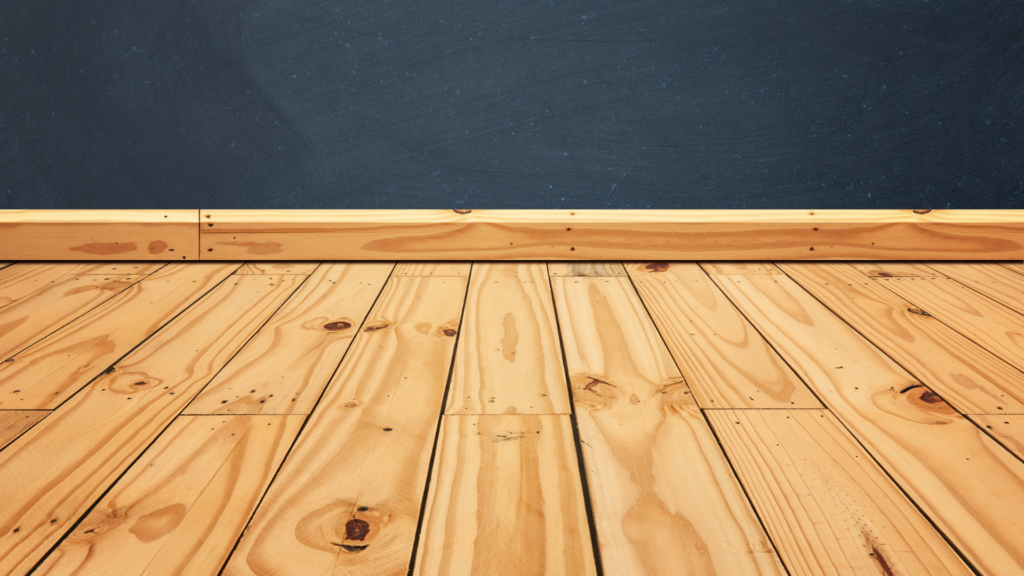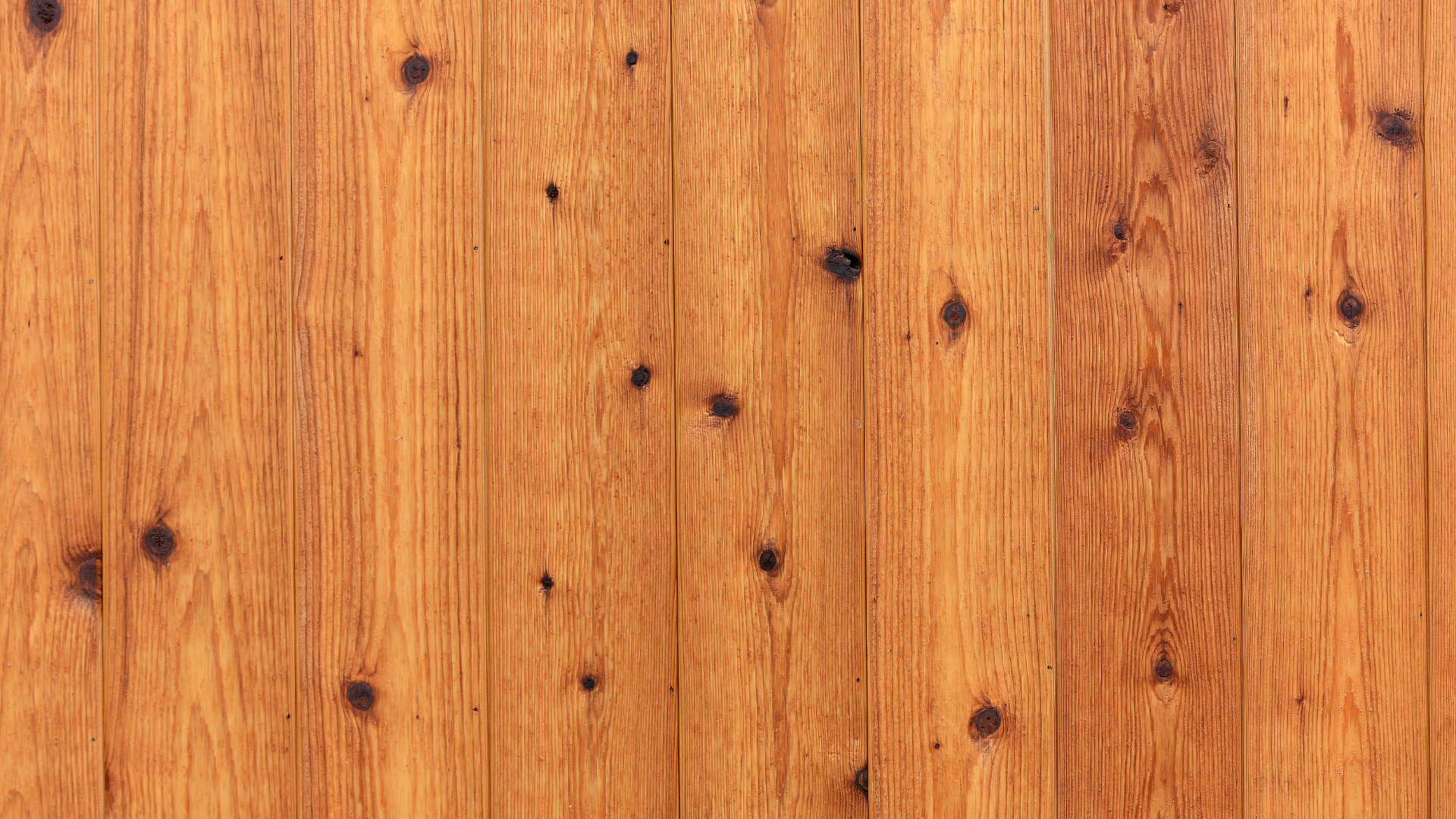Some people instinctually see knots as a problem, but they can actually provide a lot of visual appeal and character in some cases. One other characteristic that plays an important role in the aesthetics of your hardwood floors is knots. There are a number of characteristics that contribute to the overall appearance of a hardwood floor. The species of tree the wood was harvested from, the dimensions the boards are cut in, and the color and type of finish applied to the boards can all help make your hardwood floors look different from your neighbor’s.
We’ll dive into the issue of hardwood floor knots below and share some of the benefits and drawbacks they provide. But first, we’ll explain what knots are and identify a few of the most common types.
What Are Knots, Exactly?
Just about everyone can recognize a knot when they see one in a board, but that doesn’t mean everyone knows what they actually are. Simply put, knots are the cross sections of branches that were present when the tree was still standing.
That doesn’t necessarily mean they were formed by living branches, though — some knots were created by branches that died long before the tree was harvested. This happens because trees increase in diameter as they grow, which means that branches present when a tree was young are often engulfed by new wood as the tree ages. So, you may find a knot in part of a tree that no longer has a visible branch sticking out of it.
Different Types of Knots
Another thing that many people fail to realize is that knots come in many different forms. The language used to describe different kinds of knots varies and some terms overlap, but a few of the most common types of knots you may see include:
- Tight or Sound Knots: Usually circular or slightly elongated in shape, sound knots are solid, firm, and held in place tightly by the surrounding wood.
- Loose, Unsound, or Open Knots: These knots are not fully bonded to the surrounding wood, and they often feature cracks. They’re often dark in color, and they may even be recessed.
- Knotholes: Knotholes are the holes left behind when the knot from the center of an open knot falls away from the surrounding wood, leaving a hole you can literally see through.
- Spike Knots: Formed when a branch emerges from a tree at an angle, spike knots are long and oval shaped.
- Cat’s Paw Knots: These knots appear as a small cluster of mini knots that take the shape of a cat’s paw. They are formed by a group of buds or branchlets that failed to fully develop.

Hardwood Floor Knots 101: Problems & Benefits
As mentioned, knots can present both challenges and advantages when incorporated into hardwood floor planks. We’ll examine a few of each below, starting with the potential drawbacks.
Potential Problems Knots Can Create
A few of the most notable problems knots can create include:
- Structural Weakness: Knots — particularly loose or open knots — can weaken planks over time.
- Rough Texture: Some knots can feel rough on your feet or even cause splinters.
- Cleaning Difficulties: Recessed knots can collect dust and debris, which can be hard to eliminate.
- Finishing Challenges: Knots often absorb stain and finish differently than the surrounding wood.
- Poor Aesthetics: Some people simply don’t like the way knots look.
The Benefits Knots Can Provide
On the other hand, knots can also provide several benefits to hardwood floors including:
- They Can Create an Organic Feel: Part of the reason many people like hardwood floors is because they provide a natural feel to a home, and knots help exemplify this.
- Knotty Wood Is Sometimes More Affordable: Because some people don’t like the appearance of knotty wood, manufacturers sometimes price it lower than wood that’s relatively knot-free. This means people who appreciate knotty wood can often save quite a bit of money.
- They Help Deemphasize Imperfections: Knots help to mask dust and minor imperfections in the wood, such as small cracks or other kinds of blemishes.
- They Can Create Visual Contrast: In some cases, such as very light-colored hardwood floors, knots can provide a very striking visual contrast – especially when they absorb the stain differently than the surrounding wood.
- They Offer Improved Aesthetics: Just as some people don’t like the visual appearance of knots, others do. When designing around knots, it adds to the overall character of the home.
You’ll notice that we listed poor and improved aesthetics in both the problems and benefits sections, respectively. That’s because people have varying opinions about the way knots look.
For example, some people like to fill in open knots with epoxy to help eliminate the hole and provide a smoother, more uniform appearance. Meanwhile, others embrace open knots and enjoy the way they contribute additional character, contrast, and visual interest.
Ultimately, your personal preferences about knots should drive your decisions.
***
Opinions on hardwood floor knots certainly vary, but we tend to think they’re quite nice. We’d honestly like to see more homeowners embrace the charm they can provide. But no matter where you come down on the subject of hardwood floor knots, Unique Wood Floors is here to help you obtain the floors of your dreams. Contact us today to receive a free consultation or stop by one of our Minnesota showrooms to see some hardwood samples in person!

